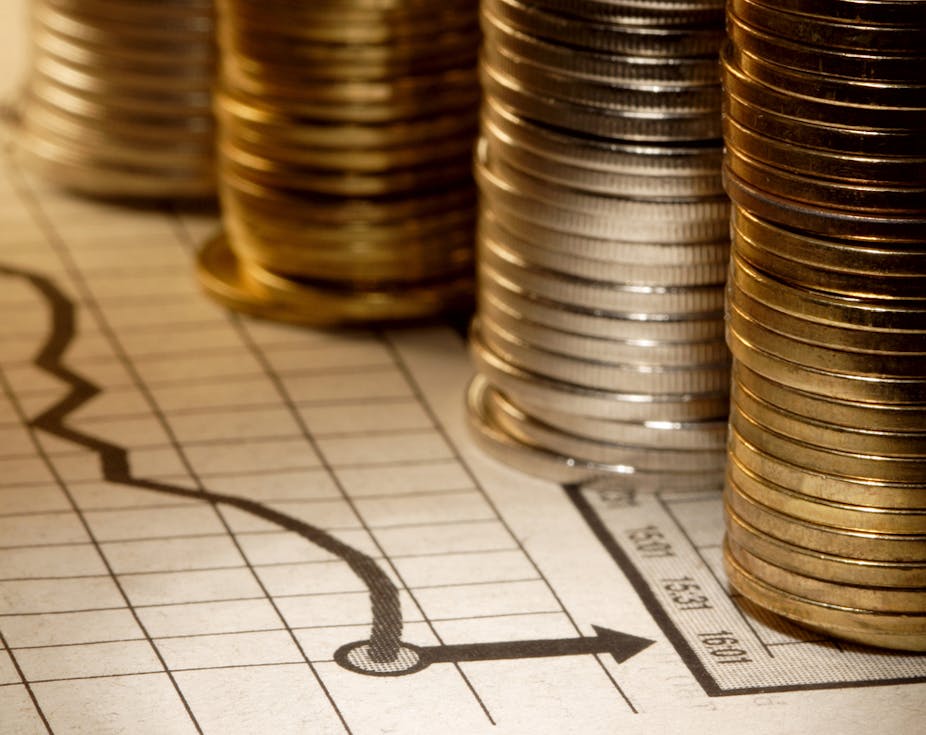Safe haven investments are investments that provide a low level of risk during periods of extreme economic uncertainty.
The problem is that a safe haven investment is a safe haven investment until it is no longer a safe haven investment.
There are a number of assets that are often said to fall within this class and these include US government bonds, gold and silver, and land and property. Even if you identify such an investment the most important decision that you face is to decide when to invest in these assets?
US government bonds provide a classic example. In this case, US government bonds carry the guarantee of the US government with respect to coupon and principal payments, “backed by the full faith and credit of the U.S. government”.
Most governments issue bonds to investors but they are not all the same in terms of risk. For example, the Russian government defaulted on its bonds in 2000. Indeed, it is surprising just how many countries, including Australia during the 1930s, have defaulted on their debt over the last 200 years. The concern about European debt default is not unique to 2012.
While US Government bonds draw on the power of the US Government for their continued existence there are other safe haven type investments that draw upon their physical value. These include gold and silver, land and property and other physical assets that, in some sense, remain intact regardless of the surrounding economic turmoil.
Yet, can investment in silver or gold actually be labelled riskless? The gold price is currently high though there have been long periods of time when the gold price languished around USD 300.00 to USD 400.00 per ounce. To buy gold at USD1600.00 per ounce might seem a safe thing to do at present. However, this might not seem so safe if the price of gold were to suddenly fall to USD 300.00 per ounce as it did in the early 1980s. Similar movements have been observed in silver prices.
Many individual Australian investors believe that investment in land and property is riskless. But there now exists a growing body of disaffected Australian investors burned by the recent failure of a range of property investment vehicles due to the global financial crisis.
The timing of investment into safe havens is perhaps the most difficult decision. Should you wait until the equity market bottoms and then sell your shares and invest in the safe haven asset? This may seem reasonable at the time, but the problem with his action is that it crystalizes your losses.
In the wake of the global financial crisis equities could rebound, as they have after each of the recent financial crises over the last 30 years. While the equity market may not rebound to its earlier highs, waiting 12 months before moving your wealth to a safe haven could reduce the loss suffered as a result of the crisis.
But the market rebound poses its own question; is it really necessary to incur considerable transaction costs to invest in an asset class with little return (US government bonds) or with considerable risk (gold and property) now that things have settled a little?
Whether or not to move towards safe haven assets really comes down to your own investment portfolio decisions, and whether you believe in the value of diversification. If you are well-diversified it is likely that your investment portfolio already has exposure to so called safe haven investments.
Why would you decide to move from a well-diversified portfolio to a concentrated portfolio of safe haven assets just because of uncertain economic conditions? The whole reason for diversifying is to ride out both the certain and the uncertain times.

